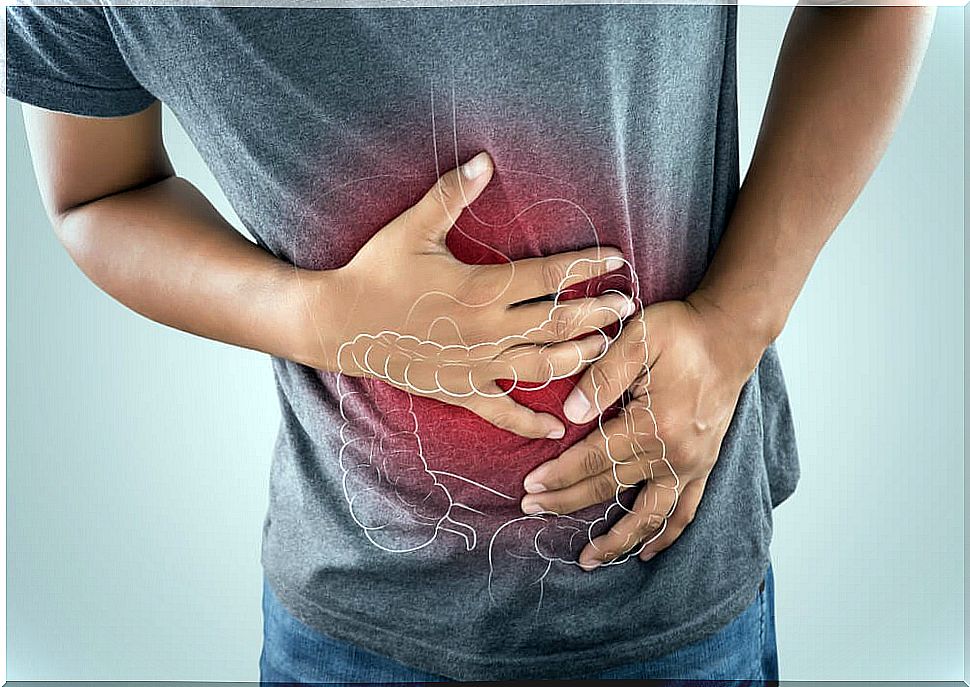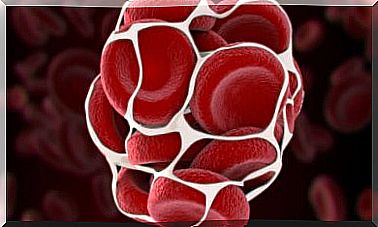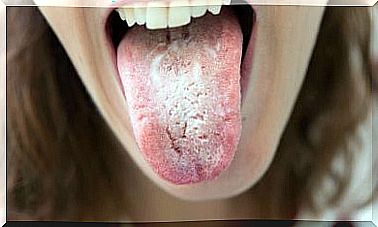Chronic And Acute Diarrhea: Causes And Treatment
According to the World Health Organization (WHO), diarrhea consists of the elimination of liquid or semi-liquid stools more than three times in 24 hours. In children, this condition is more difficult to define, since there may be infants with several liquid stools a day without the need for this to represent a pathology, such as chronic diarrhea.
In most cases, diarrhea is defined as a sudden change in bowel rhythm with respect to the usual patterns of each individual. Basically, we can speak of two types: chronic and acute diarrhea, with significant differences regarding its cause and treatment.
Chronic diarrhea

The classification between acute or chronic diarrhea is made on the basis of its temporality. The first is the most frequent and lasts less than two weeks. On the other hand, the chronic is the one that lasts for more than 14 days and is of multifactorial origin
The latter is considered a common problem, both in primary care consultations and in the specialized field. As we already know, this disease is defined as any significant variation in the characteristics of the stools.
It is worth clarifying that these changes are evaluated with respect to the previous stool habits of the patient: in the volume, in the frequency of the stool or in the decrease of its consistency.
Causes
Unlike acute diarrhea – which we will explain later – chronic diarrhea is always inappropriate and harmful to the body. In general, it implies the existence of an alteration in the transport of water in the intestine.
Therefore, reducing water by as little as 1% can be the main cause of this type of diarrhea. The National Institute of Diabetes and Digestive and Kidney Diseases explains that chronic diarrhea can be caused by infections, food allergies or intolerances, digestive tract problems, or persistent use of medications.
Chronic diarrhea is usually the manifestation of some functional disease. In this way, within its most frequent causes, we can find and highlight:
- Diabetes.
- Drugs.
- Colon cancer.
- Ulcerative Colitis.
- Crohn’s disease.
- Addison’s disease.
Treatment
Treatment of chronic diarrhea will be etiological; that is, it will treat the triggering cause. For example, if it is due to celiac disease, a gluten-free diet should be followed; meanwhile, if it is some form of infectious enterocolitis, the cure will involve the administration of antibiotics. An empirical treatment is used in three situations:
- Initial or temporary treatment until diagnosis is obtained.
- When the different diagnostic tests do not allow a definitive diagnosis.
- In cases where an accurate diagnosis can be obtained, but there is no specific treatment or it is not effective.
Acute diarrhea

For its part, acute infectious diarrhea is a syndrome characterized by inflammation or dysfunction of the intestine produced by a microorganism or its toxins. As we have already mentioned, it lasts for less than 14 days and is defined by having 3 or more bowel movements a day.
These bowel movements are less consistent than normal and are accompanied by other symptoms, such as: nausea, vomiting, abdominal pain that generates an urgent need to go to the bathroom and fever.
Acute infectious diarrhea represents the first or second cause of death in most developing countries, according to data from the World Health Organization (WHO).
It occurs mainly in children, as a consequence of dehydration states. Unlike the chronic, this type consists of a defense method for the body. For this reason, it can be said that it is not harmful, since its purpose is to “cure” us of this infection.
Causes
The main cause of acute diarrhea is infection. It is usually acquired, mainly, by the fecal-oral route, through contaminated food or water. Most of the time, these episodes are self-limited; This means that they resolve on their own, without the need for treatment.
The main microorganisms that cause infectious diarrhea vary according to the age and health of the patient. Among the most common, we find:
- Giardia.
- Adenovirus.
- Aeromonas.
- Campylobacter sp.
- Escherichia coli.
- Salmonella sp.
- Rotavirus (in children).
Treatment
The basic principles of treatment are: prevent or correct dehydration, improve symptoms, and control infection. Fluid replacement is the common treatment for all diarrhea episodes; Its form of administration can be oral or intravenous by means of serums.
In addition, it is recommended the use of probiotics that increase the beneficial bacteria in the intestine and thus help in the elimination of infectious agents. All this, together with a strict and soft diet, constitute the main line of treatment in cases of acute diarrhea.
On the other hand, antidiarrheals such as loperamide tend to decrease the number of stools and limit water and electrolyte losses. These drugs exert their action by reducing motility and slowing down intestinal transit.
Likewise, they have a minimal action in reducing intestinal secretion. However, its use is contraindicated in some cases due to the risk of concentrating infectious agents in the intestine.
Ultimately, it should be noted that antibiotic treatment is controversial. Most of the cases of acute infectious diarrhea will be mild and self-limited in time, so they do not require these medications.









